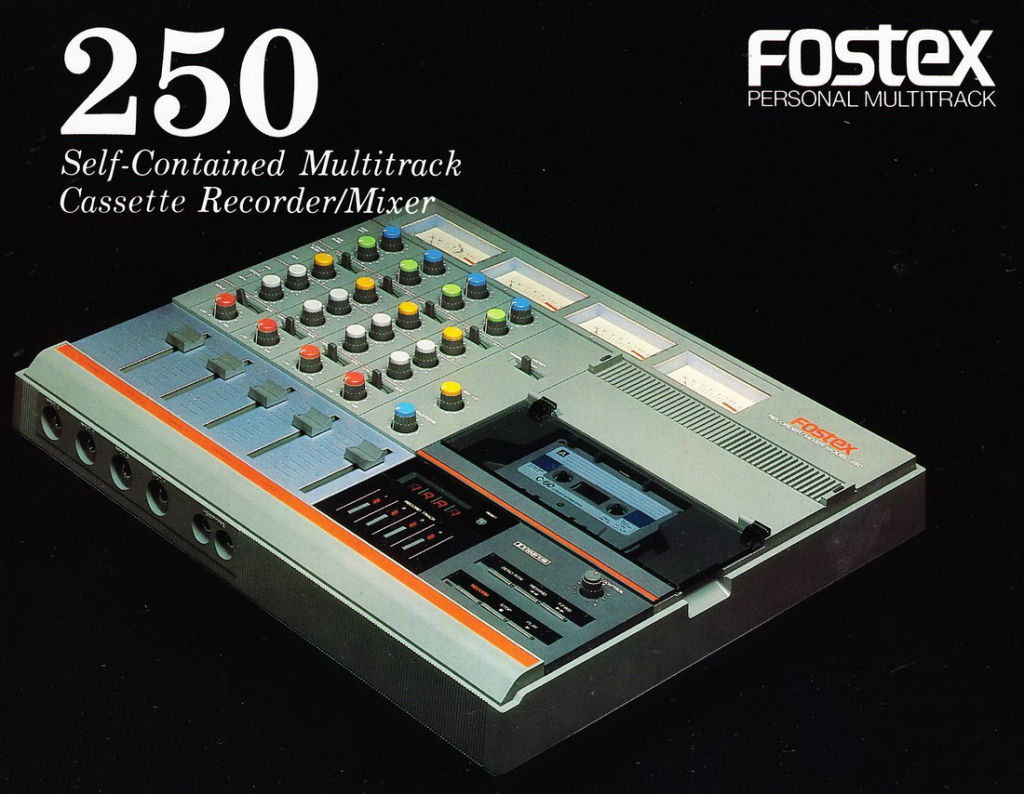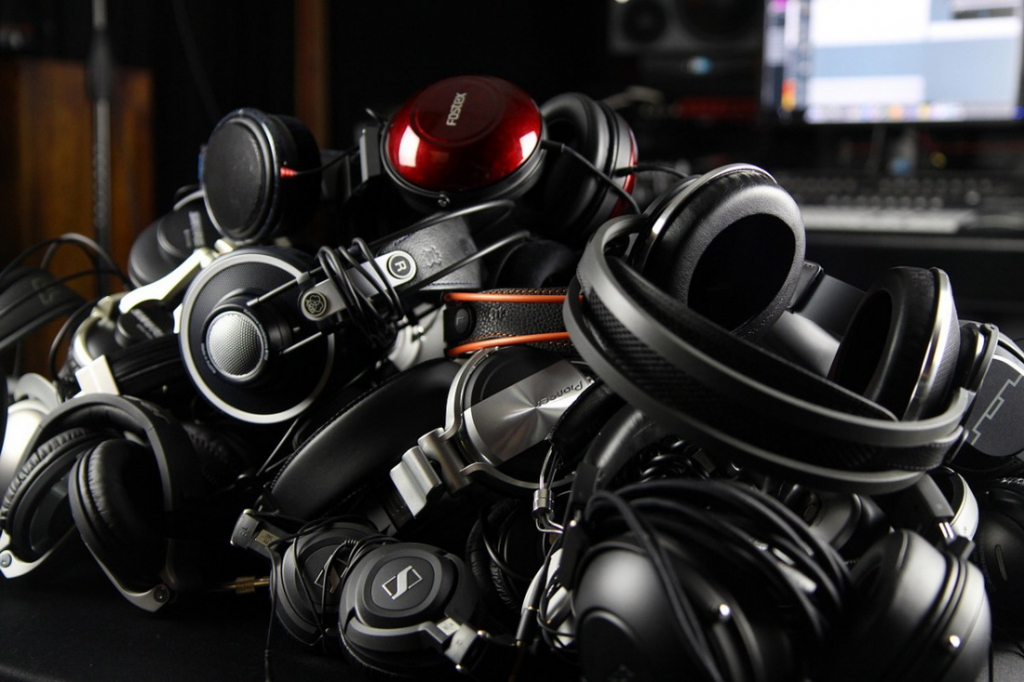Fostex was founded in 1973 as a subsidiary of Foster Electric Company. Initially, its products were aimed exclusively at the Japanese market, which is unique to this day in that there are a large number of audiophiles who design and assemble acoustics themselves. Even today, most of Fostex’s profits come from the sale of high-quality full-range speakers.

In 1975, Fostex patented Regular Phase (RP) diaphragm technology, which allows sound waves to be emitted without changing phase from the entire surface.
RP found use in speakers and microphones, and in 1977 a line of headphones that was loved by professional musicians appeared on the market – the T10/20/30/50 models are found in the inventory of many recording studios and musicians. I mentioned one at the very beginning.
Having a large technological base in the production of dynamic drivers, Fostex cooperates with other acoustics manufacturers. For example, the TE100 hybrid armature headphones are the product of a collaboration between two Japanese manufacturers FitEar and Fostex. The former were responsible for the armature and the housing, and the latter gave the headphones a dynamic emitter. The headphones sound magical and outperform competitors’ three-driver solutions in sound quality.

In 1981, the company released the A-8 reel-to-reel recorder, which became the first device to provide 8-track recording on 1/4-inch tape. With the Model 350 mixer and Model 250 four-track cassette “multi-tracker,” Fostex is a pioneer in home recording.
1983 was marked by the appearance on the market of the first portable four-track cassette player, the X-15, powered by batteries. Due to its light weight and rich functionality, the tape recorder gained fame as the “music book of a modern musician” and was a sales leader for several years. It withstood any load and had no equal in reliability.
In 1989, Fostex developed a timecode format for DAT (Digital Audio Tape). The film industry is finally getting its first sound mixers with a reliable alternative to analog reel-to-reel recording. The PD-4m has been used to record sound in films from James Bond to Titanic, from Gladiator to The Mummy.

In 1996, the company switched to digital, announcing recorders that provided simultaneous recording of eight tracks with remote control from a removable front panel.
In 2002, DVD-RAM solutions from Fostex were used in the production of such films as “Star Wars III”, “Van Helsing”, “Troy”, as well as in television projects “Will & Grace”, “Fear Factor”, etc. The PD606 and PD204 recorders have become the de facto standard for multi-channel audio recording for film and television.
The manufacturer’s main production facilities are concentrated in China, where 17,000 people are employed in the assembly of audio equipment. However, premium and collectible items are made exclusively in Japan.
















